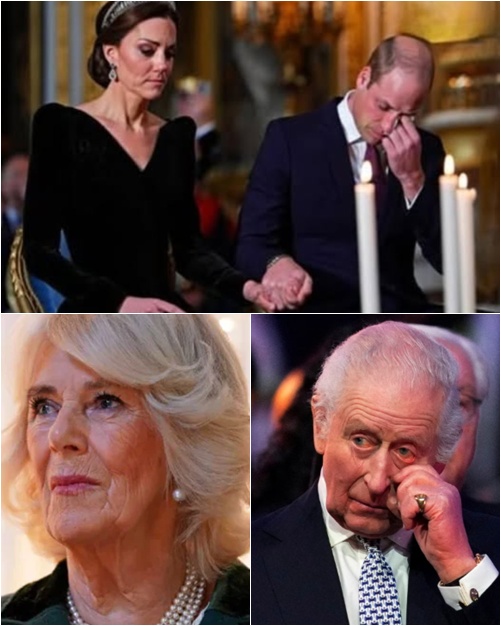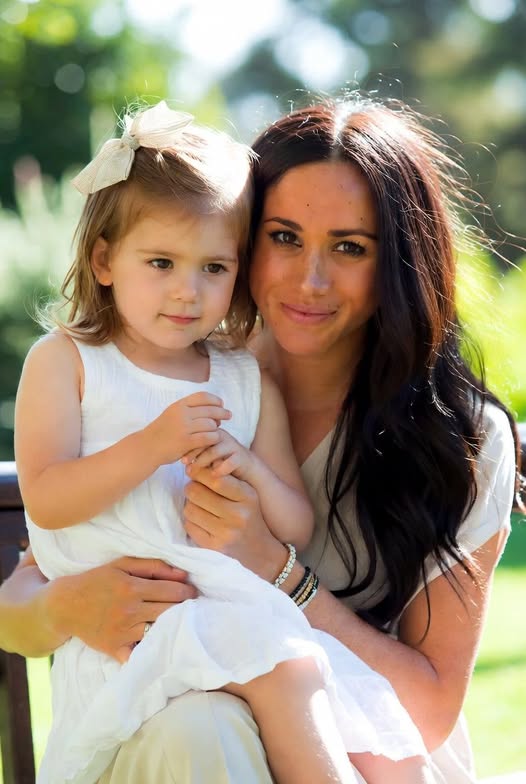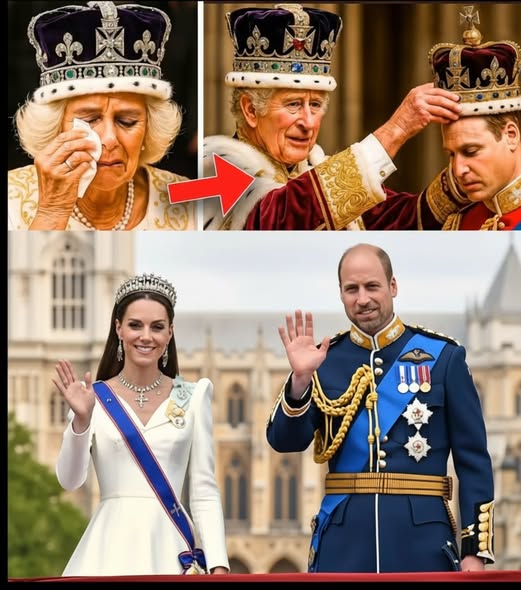Catherine, the Princess of Wales, has become a modern symbol of grace, resilience, and transformation—a woman who has bridged the gap between ordinary life and royal duty, reshaping the fairytale narrative of becoming a princess into one of substance and heart. Her journey from a middle-class upbringing in Berkshire to the future Queen Consort of the United Kingdom is nothing short of extraordinary. But unlike the classic tales of royalty, Catherine’s ascent was never defined by magic or luck. It was shaped by character, grace, and an unwavering inner strength that continues to inspire millions around the world.
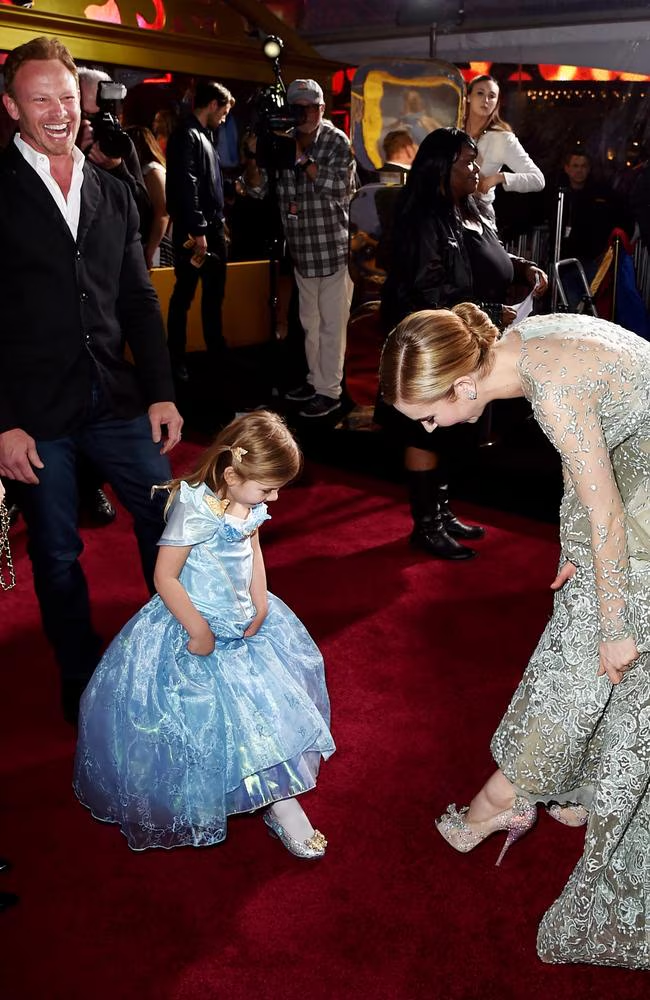
Born Catherine Elizabeth Middleton on January 9, 1982, in Reading, she was raised in a humble yet loving household where her parents, Carole and Michael Middleton, built their family business from the ground up. Their success story was grounded in hard work, dedication, and humility—values Catherine would carry throughout her life. Growing up, she attended St. Andrew’s School, where she was recognized for her quiet leadership and thoughtful nature. Her teachers remembered her as composed, diligent, and unassuming—traits that would become her trademarks in her public life.
Catherine’s life would take a remarkable turn in 2001 when she met Prince William at the University of St Andrews in Scotland. What began as a simple friendship soon blossomed into a love story that would captivate the world. Their relationship, rooted in shared values and mutual respect, was built on warmth and normalcy—something Catherine provided to William amidst the pressures of royal life. The relationship wasn’t without challenges, notably the intense public scrutiny and comparisons to his late mother, Princess Diana. But Catherine’s resilience only deepened William’s admiration for her. When the couple briefly parted ways in 2007, Catherine handled it with dignity, never speaking publicly about their private life. That quiet strength became the foundation for their enduring bond.
By November 2010, their love story reached a new chapter with the announcement of their engagement. Prince William proposed with the sapphire engagement ring that once belonged to his mother, Princess Diana. This gesture, rich in symbolism, was not just a merging of past and future but also a testament to Catherine’s place in William’s life and the monarchy. Their wedding in April 2011 was a global event watched by over two billion people, but Catherine remained true to herself—calm, radiant, and graceful. Her Alexander McQueen gown, designed by Sarah Burton, struck the perfect balance between tradition and modernity. As she walked down the aisle, Catherine wa
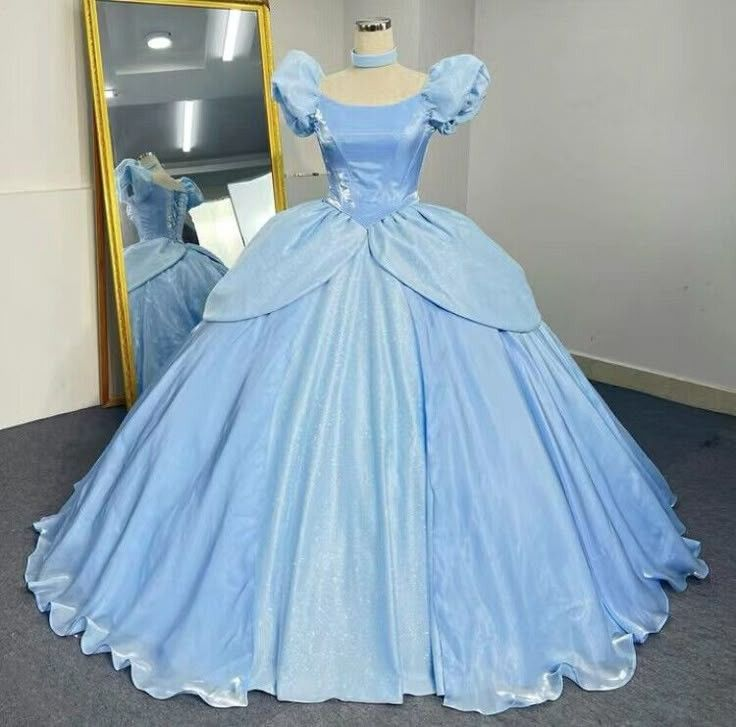
In the years since, Catherine has proven herself as one of the royal family’s most beloved and steady figures. Her ability to maintain composure under intense public attention has become her trademark. But it’s her dedication to causes like early childhood development and mental health that has truly redefined her role as a royal. Through initiatives like The Royal Foundation Centre for Early Childhood, Catherine has used her platform to shine a light on the importance of the formative years in a child’s life, blending science, compassion, and advocacy in a way that goes beyond the traditional ceremonial duties of royalty. “She’s turned empathy into action,” said Dr. Amanda Rogers, a psychologist, adding that Catherine’s ability to listen and connect with others has made her more than just a figurehead—she is a force for positive change.
Catherine’s fashion choices also reflect her deeper purpose. Every dress, coat, and accessory she wears carries intentional meaning—whether it’s supporting British designers, paying homage to cultural heritage, or subtly referencing historical moments. But what truly sets her apart is not her clothes alone; it’s the confidence and poise with which she wears them, a quiet strength that speaks volumes about her character.
Together with Prince William, Catherine represents a modern monarchy that blends tradition with authenticity. The couple’s visible affection for their children, Prince George, Princess Charlotte, and Prince Louis, has endeared them to millions. Their partnership is one of equality, mutual respect, and shared purpose—something William has called his “anchor.” Catherine, in turn, describes him as her “strength.” This partnership has created a royal image that feels grounded and human—balancing duty with compassion, and tradition with presence.
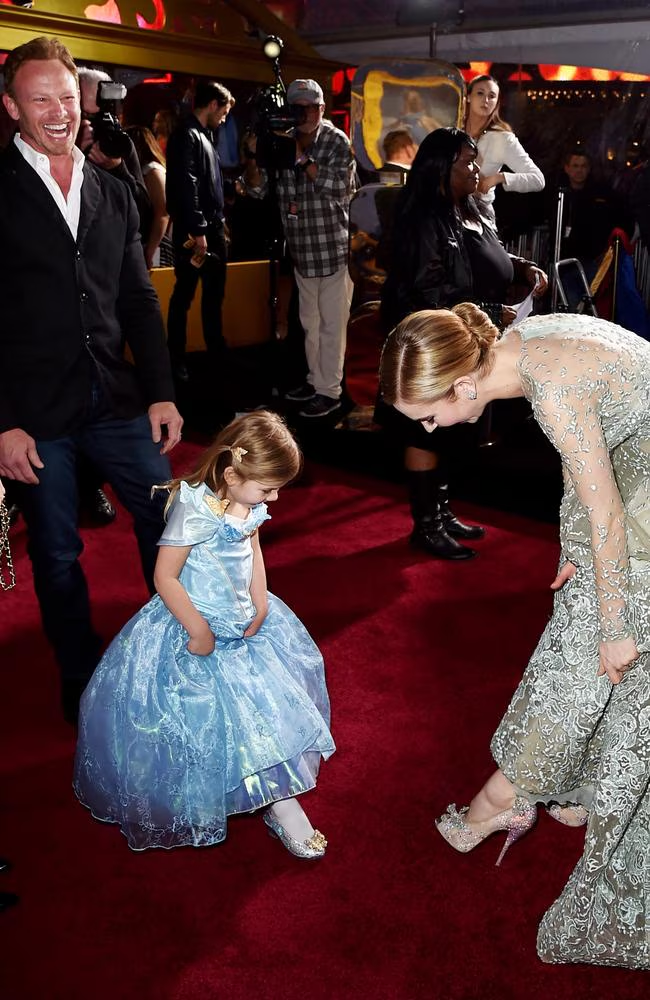
Though Catherine’s story may echo the fairytales of old, it is far more grounded in reality. There was no fairy godmother or magic wand, just a relentless determination, love, and a belief in kindness. She has shown the world that grace is not something inherited, but something earned. That strength can be quiet. And that true royalty lies not in status, but in service to others.
As one royal biographer beautifully put it, “Catherine didn’t marry into royalty to become a princess. She became one long before the crown ever touched her head.” Today, as the Princess of Wales and future Queen Consort, Catherine is not just a symbol of fairytale fantasy, but of hope and authenticity. Her journey continues to inspire not because it’s perfect, but because it’s real. Through compassion, courage, and quiet perseverance, she has transformed the fairytale into something far more meaningful—a life of purpose and service.

For every girl who dreams of becoming a princess, Catherine’s journey serves as a powerful reminder: crowns aren’t made of gold and jewels, but of grace, resilience, and the ability to make others feel seen. In this sense, Catherine truly is Britain’s modern Cinderella—not born royal, but born to reign, in the hearts of millions.

